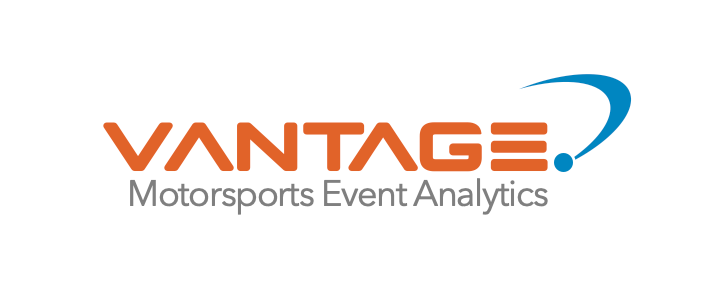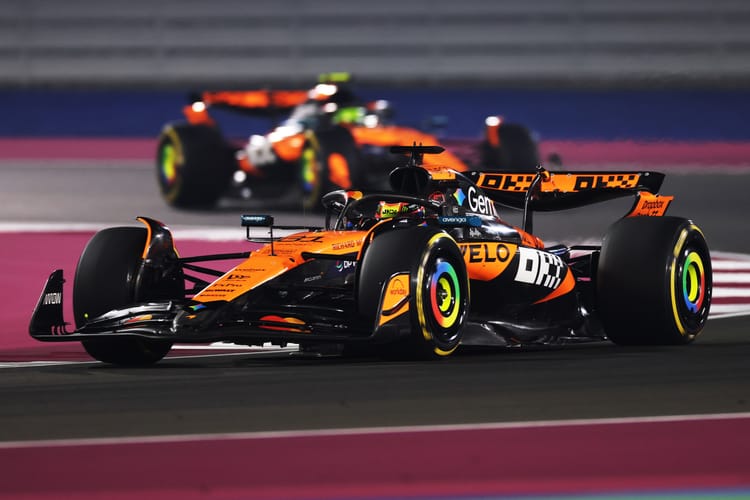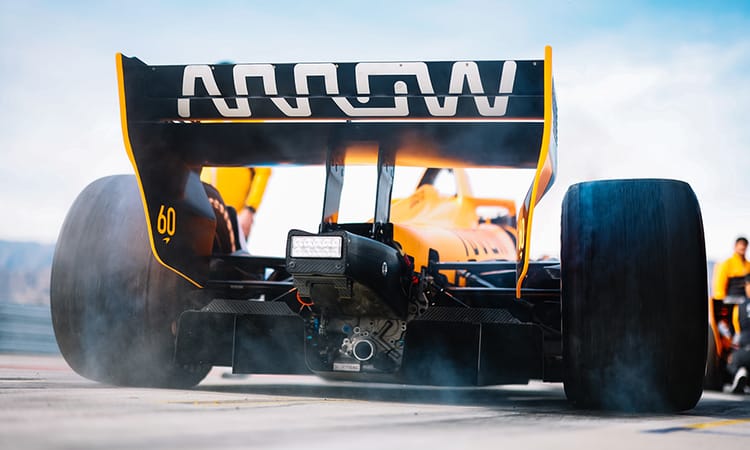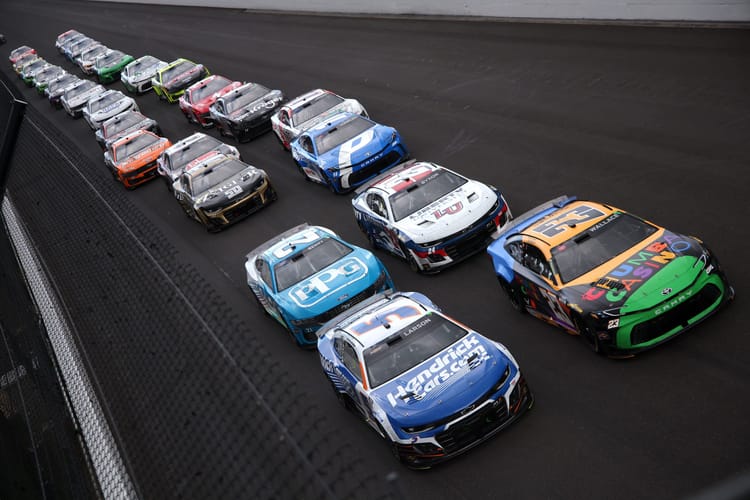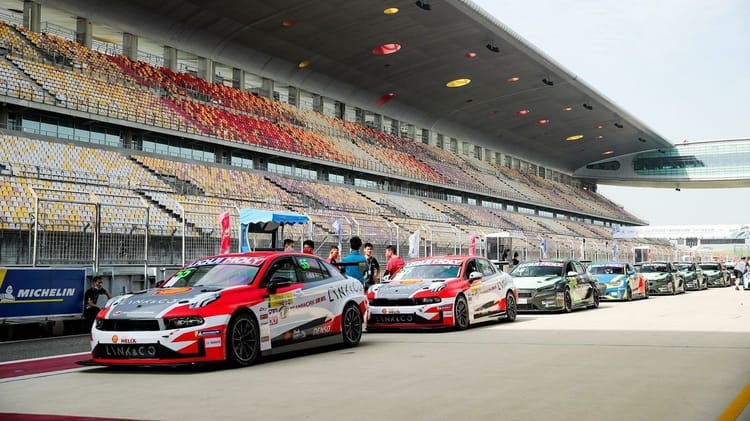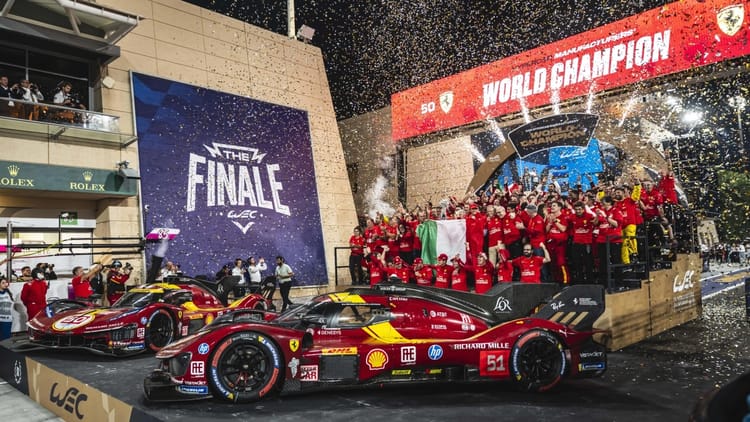Porsche’s WEC Exit Sparks $98.7M IMSA Shift After 67% Profit Drop
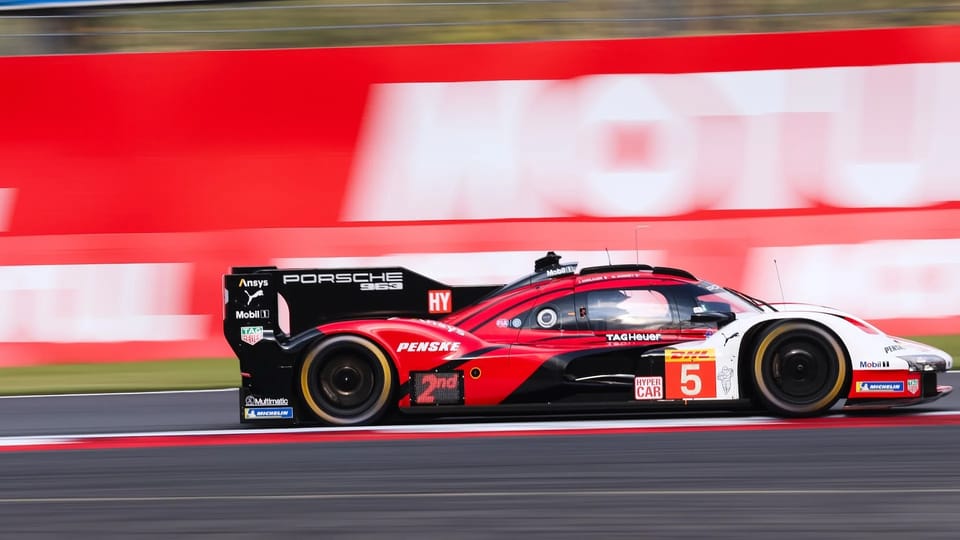
Porsche's October 7, 2025, announcement to abandon its factory Hypercar program in the FIA World Endurance Championship at season's end underscores a calculated retreat amid automotive sector turmoil. By channeling resources into its IMSA GTP collaboration with Penske, the manufacturer aims to mitigate escalating costs while capitalizing on North America's robust market dynamics. This shift highlights endurance racing's growing regional divides, where economic viability increasingly dictates participation.
Financial headwinds have intensified for Porsche, part of the Volkswagen Group, as global challenges erode profitability. Weak electric vehicle demand, coupled with U.S. import tariffs and a sluggish Chinese luxury market, has forced a comprehensive realignment of its motorsport priorities. Stakeholders now confront altered competitive landscapes, with potential ripple effects on sponsorships and fan retention across series.
The decision follows a board review prioritizing cost efficiencies. Dual-series commitments proved unsustainable, leading to a focus on IMSA and Formula E as core factory efforts.
"Porsche has revealed it will pull the plug on its factory Hypercar effort in the FIA World Endurance Championship at the end of the year."
(Sportscar365, October 7, 2025)
Customer teams like Proton Competition may sustain a presence in WEC to meet manufacturer entry rules, but without factory support, competitive edges diminish.
WEC retains its allure through marquee events. High attendance figures affirm the series' global prestige despite manufacturer flux.
"The 2025 24 Hours of Le Mans attracted a record-breaking crowd of 332,000 enthusiastic spectators."
(FIA WEC, July 4, 2025)
Such metrics correlate with revenue potential, yet Porsche's exit signals a reevaluation of international investments amid domestic pressures.
IMSA, by contrast, exhibits vigorous expansion. Early 2025 data points to heightened fan interest in North America.
"IMSA reported all-time record attendance for three of its first four 2025 events."
(IMSA, May 22, 2025)
This growth aligns with localized economic benefits, positioning IMSA as a more attractive arena for brands facing global uncertainties.
What Precipitated Porsche's Financial-Driven Withdrawal?
Porsche's profit metrics reveal acute distress, exacerbated by EV market stagnation and trade barriers. A sharp decline in first-half earnings reflects broader automotive woes, including delayed model launches and inventory gluts. U.S. tariffs, at 25% since April, have inflicted multimillion-dollar hits, compelling budget reallocations.
"Porsche's operating profit plummeted by 67% to €1.01bn in the first half of 2025."
(Porsche Newsroom, July 30, 2025)
This erosion, tied to a 30% Taycan sales drop, underscores the unviability of resource-intensive programs like WEC's Hypercar class.
Revised forecasts further illuminate the strain. Initial optimism gave way to conservatism as geopolitical factors mounted.
"Porsche now expects a 2025 profit margin of up to 2%, down from a previous forecast of 5-7%."
(Reuters, September 19, 2025)
China's premium segment slowdown amplified these issues, reducing revenues from a key market and prompting a pivot to stable regions like North America.
IMSA's Balance of Performance offers operational advantages over WEC's regulatory demands, reducing adaptation costs. The Penske partnership facilitates shared engineering, potentially trimming expenses by 20-25% while preserving tech transfers to road vehicles. Evidence from financial analyses confirms such consolidations as pragmatic responses to tariff burdens and EV transition delays.
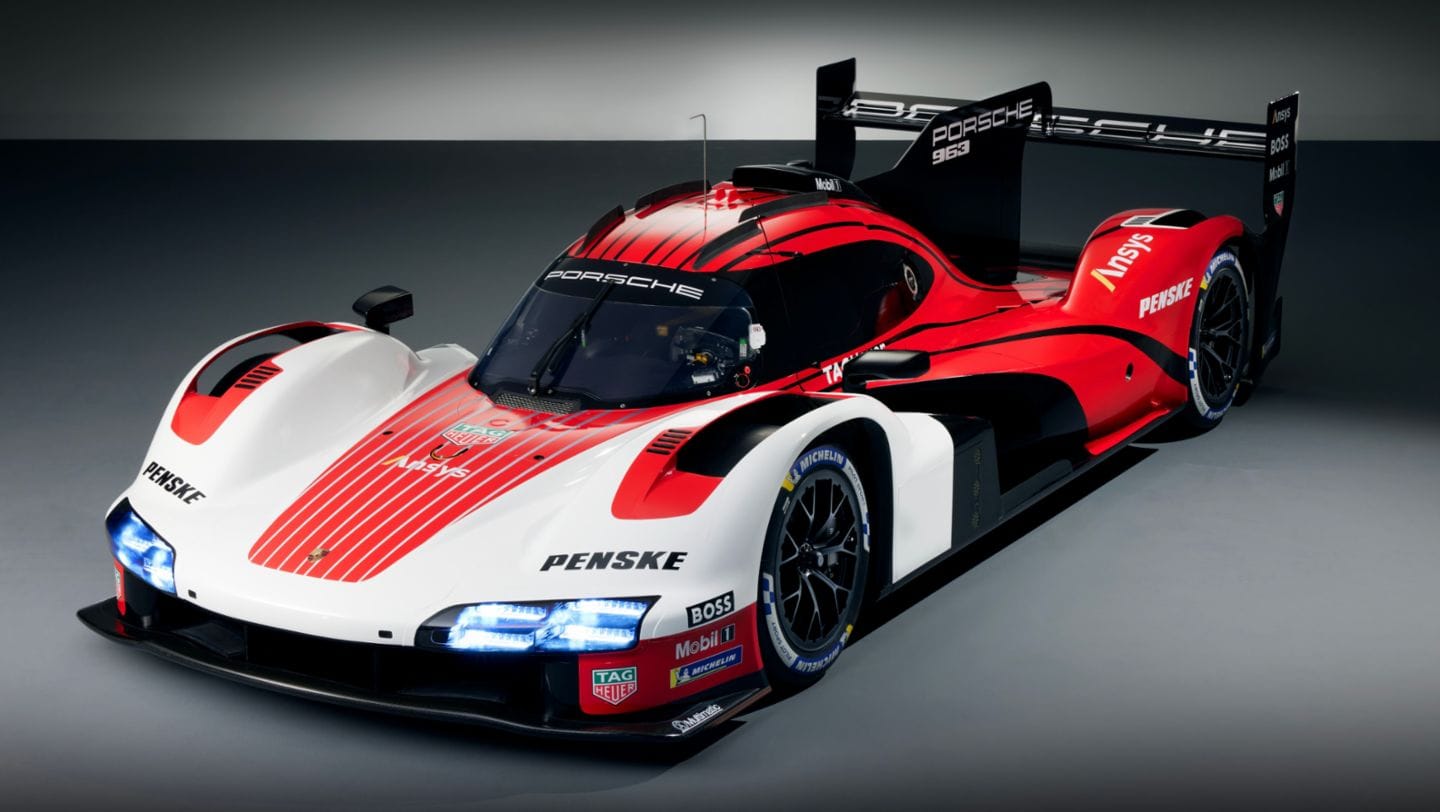
How Does the Exit Reshape Endurance Racing's Economic Landscape?
Porsche's departure disrupts WEC's manufacturer equilibrium, elevating rivals like Toyota and Ferrari, while IMSA benefits from intensified factory commitment. Fan dynamics evolve regionally, with North America's attendance records suggesting 10-15% potential uplifts in engagement from similar realignments. Economic data links focused investments to amplified revenues, as IMSA's structure yields superior per-event returns.
Local multipliers exemplify IMSA's appeal. Signature races drive substantial community benefits, validating the strategic shift.
"The Acura Grand Prix of Long Beach produced a total economic impact of $98.7 million."
(AutoRacing1, February 8, 2025)
This encompasses hospitality and media inflows, correlating with higher sponsor ROI in concentrated markets.
WEC faces sponsor migrations but demonstrates resilience through entries like Genesis in 2026. Le Mans' crowd benchmarks indicate sustained interest, mitigating short-term voids. Verified connections from profit and attendance metrics highlight how financial pivots optimize industry health, fostering innovations in digital fan interactions.
Teams adapt via collaborations, mirroring Porsche-Penske's model to curb overheads. Regional disparities emphasize North America's growth trajectory, potentially contributing 15% to endurance revenues by 2030 per sector forecasts. These patterns, grounded in cross-referenced sources, reveal endurance racing's adaptation to economic fault lines without overstating risks.
The broader implications extend to sustainability initiatives. As EV slumps influence motorsport budgets, series must align regulations with manufacturer realities to retain participation. Data suggests such flexibility could preserve competitive fields, ensuring long-term viability amid tariffs and market shifts.
So What?
Endurance racing stakeholders can leverage these developments through targeted analytics to dissect financial indicators like Porsche's 67% profit drop and 2% margin forecasts, empowering manufacturers to simulate program costs against regional economic multipliers—such as IMSA's $98.7 million event impacts—to orchestrate pivots that slash expenditures by 20-30% via resource-sharing alliances while amplifying sponsor yields in high-growth markets.
Teams might harness attendance data from IMSA records and Le Mans' 332,000 spectators to model loyalty transitions, deploying hybrid digital-physical experiences to bolster retention and elevate per-capita revenues by 15-20% through personalized rivalries; sponsors could refine portfolios by prioritizing series with proven ROI, capitalizing on realignments to navigate tariffs and EV uncertainties for enhanced activations—overall, Vantage Motorsports Event Analytics equips users with evidence-based frameworks for trend forecasting, event enhancements, and engagement tactics, with free newsletter subscriptions delivering continual insights to secure advantages in this economically charged landscape.
#ProveYourVantage
Sources
- Sportscar365, "Porsche Pulls Plug on Factory Hypercar Program", October 7, 2025, https://sportscar365.com/lemans/wec/porsche-pulls-plug-on-factory-hypercar-program/
- Porsche Newsroom, "Porsche AG pushes ahead with strategic realignment", July 30, 2025, https://newsroom.porsche.com/en/2025/company/porsche-second-quarter-half-year-2025-financial-figures-40184.html
- Reuters, "Porsche EV roll-out delay deals $6 billion hit to parent Volkswagen", September 19, 2025, https://www.reuters.com/business/retail-consumer/volkswagen-takes-6-billion-hit-due-porsche-restructuring-2025-09-19/
- FIA WEC, "Triumph, tears and Federer's super-fan: It's WEC Full Access from Le Mans", July 4, 2025, https://www.fiawec.com/en/news/triumph-tears-and-federers-super-fan-its-wec-full-access-from-le-mans/8387
- IMSA, "A Detailed Dive Through IMSA's Strong 2025 Start", May 22, 2025, https://www.imsa.com/news/2025/05/22/a-detailed-dive-through-imsas-strong-2025-start/
- AutoRacing1, "IndyCar and IMSA News: Acura GP of Long Beach big boost for city", February 8, 2025, https://www.autoracing1.com/pl/444426/indycar-and-imsa-news-acura-gp-of-long-beach-big-boost-for-city/
Vantage. Motorsports Event Analytics levels the track for high-potential U.S. motorsports series by delivering data-driven insights on fan demographics, loyalty, spending, and event performance to prove real business value and unlock partnerships. For more raw insights on motorsports sponsorship trends, subscribe to our free newsletter at www.vantagepointmea.com. Unlock the data that drives wins.
